
Introduction
LVP (Luxury Vinyl Plank) flooring has become increasingly popular in recent years due to its durability, affordability, and easy installation process. Unlike traditional hardwood flooring, LVP does not require extensive tools or skills to install, making it a great option for DIY enthusiasts. In this guide, we will discuss how to properly install LVP flooring yourself and avoid common errors.
Benefits of LVP Flooring vs Hardwood
Before we dive into the installation process, let’s first take a look at some of the benefits of LVP flooring compared to traditional hardwood.
- Cost: One of the main advantages of LVP flooring is its cost-effectiveness. While hardwood can be expensive, LVP offers a similar look and feel at a fraction of the cost.
- Durability: LVP flooring is highly durable and can withstand high traffic areas, making it a great option for homes with children or pets. It is also waterproof, making it ideal for bathrooms and kitchens.
- Easy Installation: As mentioned earlier, installing LVP flooring is much easier than hardwood. It does not require sanding, staining, or any special tools, which can save you time and money.
- Versatility: LVP comes in a variety of styles, colors, and patterns to match any aesthetic. It can even mimic the look of hardwood or other types of flooring.
Preparation
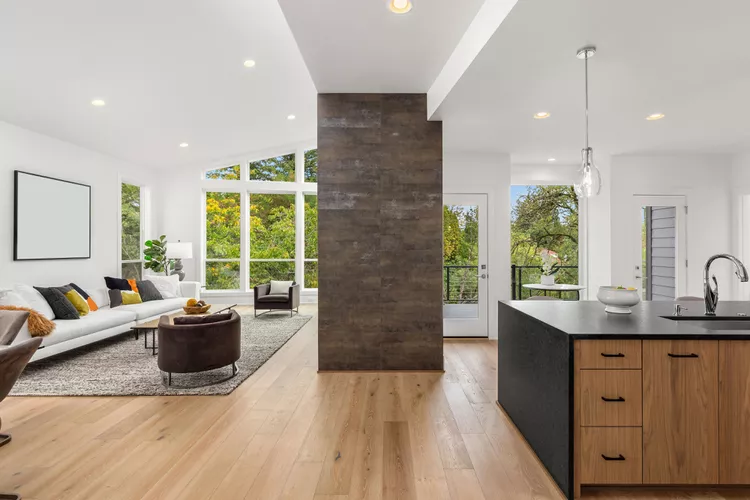
Before you begin installing LVP flooring, there are a few steps you should take to ensure a successful installation.
- Measure the room: Measure the length and width of the room to determine how much flooring you will need. It’s always better to purchase slightly more than necessary in case of mistakes or unexpected cuts.
- Acclimate the flooring: LVP needs time to adjust to the temperature and humidity of your home before installation. Leave it in the room for at least 48 hours prior to installation.
- Prepare the subfloor: The subfloor must be clean, dry, and level before installing LVP. Remove any old flooring and make sure there are no bumps or dips in the subfloor.
Tools You’ll Need for DIY Installatio
Installing LVP flooring yourself doesn’t require professional-grade tools, but having the right equipment ensures a smooth and effective process. Below is a list of tools you’ll need:
- Tape measure – For precise measurements.
- Utility knife – To cut the LVP planks to size.
- T-square or straight edge – For accurate and straight cuts.
- Rubber mallet – To secure the planks into place without damaging them.
- Pull bar and spacers – For locking planks together and maintaining correct spacing.
- Flooring adhesive (if needed) – Depending on the installation method.
- Plank cutter (optional) – Makes precise cutting easier and cleaner.
- Work gloves and knee pads – To protect yourself during the installation.
Grab Your Free Checklist Here!
Installation

Now that you have prepared the room and subfloor, it’s time to start installing your LVP flooring.
- Start with a clean and level first row: Use a chalk line to mark a straight line along the wall where you will begin installing the planks. This will ensure that your first row is straight and even.
- Install the first plank: Remove any tongue or groove pieces from the long edge of the plank. Place spacers along each end of the plank to create an expansion gap, then click in place against the wall.
- Continue installation: Begin installing subsequent rows by clicking them into place on both sides of the previous row until you reach the end of the row. Use a tapping block and hammer to ensure the planks are tightly connected.
- Cut planks as needed: You will likely need to cut some planks to fit along walls or corners. Measure carefully and use a utility knife, jigsaw, or table saw to make precise cuts.
- Install transition pieces: If your LVP flooring meets another type of flooring, you will need to install transition pieces using adhesive or screws.
Common Errors to Avoid
While installing LVP flooring is relatively easy, there are a few common errors that can occur if not done properly:
- Not acclimating the flooring before installation can cause gaps or buckling in the planks.
- Failing to properly prepare the subfloor can result in a bumpy or uneven surface, making installation difficult.
- Not using enough spacers or leaving out an expansion gap can cause the flooring to buckle when it expands due to temperature changes.
- Improperly cutting planks can result in gaps between planks or uneven edges, affecting the overall appearance of the floor.
Price Comparison Chart

Conclusion
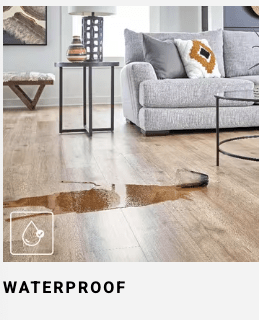
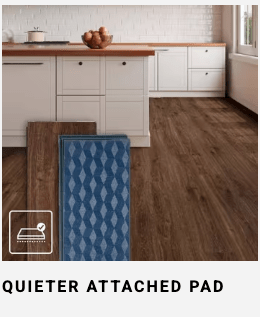
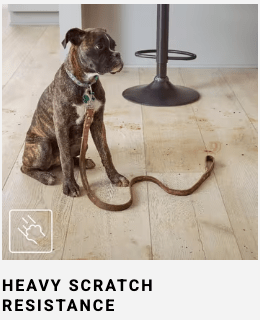
By following these steps and avoiding common errors, you can successfully install LVP flooring yourself and enjoy its many benefits. Whether you’re looking for an affordable flooring option or an easy DIY project, LVP is a great choice that provides durability and style.
So why wait?
Start your installation process today and transform your home with LVP flooring.
So, it is highly recommended to consider LVP flooring as an option while renovating or building a new house. With its affordability, durability and easy installation process, it is a popular choice among homeowners.
Plus, you can also enjoy the added benefits of waterproofing and versatility in design options. Make sure to properly prepare and measure before starting the installation process to avoid common errors and ensure a smooth finish. With proper care and maintenance, your LVP flooring can last for years to come.
Happy installing!
Guide to Picking the Right LVP Flooring to Match Your Current Wood Floor
Finding the perfect LVP (Luxury Vinyl Plank) flooring to complement your existing wood flooring can create a seamless and stylish look in your home. Expert interior designers recommend considering several factors to ensure the LVP matches cohesively with your current wood floors. Below, we provide a complete guide to help you make the best decision.
Tips from Interior Designers
- Match the Undertones
Pay close attention to the undertones of your existing wood flooring. For instance, if your floors have warm undertones (yellows, reds, or oranges), look for LVP options with similar hues to create harmony. Cool undertones (grays or blues) or neutral floors should also be paired with LVP of similar undertones.
- Choose Complementary Grain Patterns
Look for LVP with grain patterns that mimic your current wood flooring. Some brands offer high-definition wood grain textures that replicate natural wood and pair well with existing designs.
- Opt for Similar Widths and Finishes
Matching the plank widths and finishes of your current wood floors is essential for a cohesive look. Matte, gloss, or hand-scraped finishes should align with your original flooring.
- Use Samples
Request or purchase LVP samples and compare them side-by-side with your current flooring in different lighting conditions. This allows you to see how well they blend.
- Consult with Experts
If you’re unsure, consult with an interior designer or flooring specialist. They can provide professional advice to ensure a proper match.
Have you installed LVP Flooring? Share your Experience with us!
Frequently Asked Questions (FAQ)
What is Luxury Vinyl Plank (LVP) flooring?
Luxury Vinyl Plank (LVP) flooring is a durable, versatile, and stylish flooring option that mimics the look of natural materials like hardwood or stone. It is made from multiple layers of vinyl, providing both water resistance and scratch resistance, making it ideal for high-traffic and moisture-prone areas.
Is LVP flooring waterproof?
Yes, most LVP flooring options are waterproof, which makes them a great choice for areas of the home like kitchens, bathrooms, and basements where moisture is a concern.
How does LVP compare to hardwood flooring?
While LVP flooring replicates the appearance of hardwood, it is generally more affordable, easier to maintain, and more resistant to water and scratches. Hardwood flooring, on the other hand, offers natural authenticity and can add more value to a property but requires higher maintenance.
Can LVP flooring be installed over existing floors?
Yes, LVP flooring can often be installed over existing floors, such as tile or concrete, as long as the surface is clean, level, and dry. Many LVP products come with easy-to-install locking systems that make the process simple.
How long does LVP flooring typically last?
With proper care and maintenance, LVP flooring can last 10-20 years or more. Many reputable brands, such as Shaw Floors or Mohawk Flooring, offer warranties that speak to the longevity of their products.
What brand of LVP flooring is the best?
Top brands like Shaw Floors, COREtec, Armstrong Flooring, and Mohawk Flooring are renowned for their high-quality LVP products. Each brand offers a variety of styles, colors, and finishes, so the best choice depends on your specific design preferences and budget.
How do you maintain LVP flooring?
Maintaining LVP flooring is easy. Regularly sweep or vacuum to remove dust and debris, and use a damp mop with a mild cleaner designed for vinyl flooring to keep it clean. Avoid harsh chemicals or abrasive tools that could damage the surface.
Is LVP environmentally friendly?
Some LVP products are designed with eco-friendly materials and production processes. Check with your preferred brand for options that are low in VOCs (Volatile Organic Compounds) and use sustainable practices.
If you have more questions about LVP flooring, feel free to explore our full guide or contact us directly for expert advice!

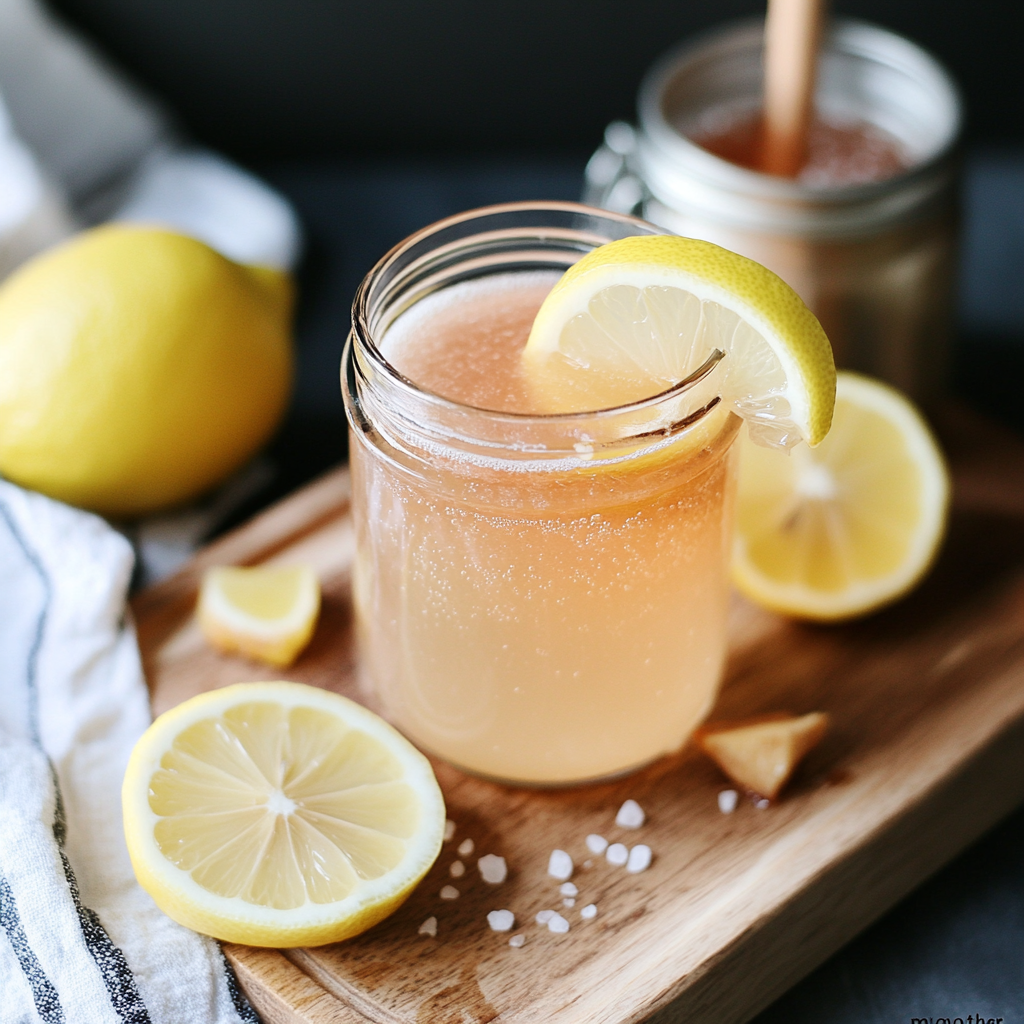




23 thoughts on “Achieve Dazzling LVP Flooring – In this guide, we discuss the Pro’s & Con’s of LVP Flooring”
Andro – Болен твоей улыбкой скачать песню на телефон и слушать бесплатно https://shorturl.fm/zJs6m
Руслан Мамытов-Syuzanna Fakhr – Жаса Казагым скачать mp3 и слушать бесплатно https://shorturl.fm/bSai2
Дюна – Свет звезды скачать песню и слушать онлайн https://shorturl.fm/7585S
DJ NEJTRINO & MARIA BALAK – Звенит январская вьюга 2015 (Official Version) скачать mp3 и слушать онлайн бесплатно https://shorturl.fm/NrSPP
Тимур Родригез feat. ST – Гори-Гори Ясно! скачать песню и слушать бесплатно https://shorturl.fm/9j6ye
https://mazda-demio.ru/forums/index.php?autocom=gallery&req=si&img=6415
http://passo.su/forums/index.php?autocom=gallery&req=si&img=4267
https://hrv-club.ru/forums/index.php?autocom=gallery&req=si&img=6937
https://hrv-club.ru/forums/index.php?autocom=gallery&req=si&img=6933
https://honda-fit.ru/forums/index.php?autocom=gallery&req=si&img=7212
http://wish-club.ru/forums/index.php?autocom=gallery&req=si&img=5400
http://terios2.ru/forums/index.php?autocom=gallery&req=si&img=4702
https://mazda-demio.ru/forums/index.php?autocom=gallery&req=si&img=6489
http://wish-club.ru/forums/index.php?autocom=gallery&req=si&img=5504
https://vitz.ru/forums/index.php?autocom=gallery&req=si&img=5094
http://terios2.ru/forums/index.php?autocom=gallery&req=si&img=4793
http://terios2.ru/forums/index.php?autocom=gallery&req=si&img=4573
https://honda-fit.ru/forums/index.php?autocom=gallery&req=si&img=7129
Very good https://t.ly/tndaA
Good https://dub.sh/LAqZ3qv
Very good https://lc.cx/xjXBQT
Very good https://shorturl.at/2breu
https://vitz.ru/forums/index.php?autocom=gallery&req=si&img=4807